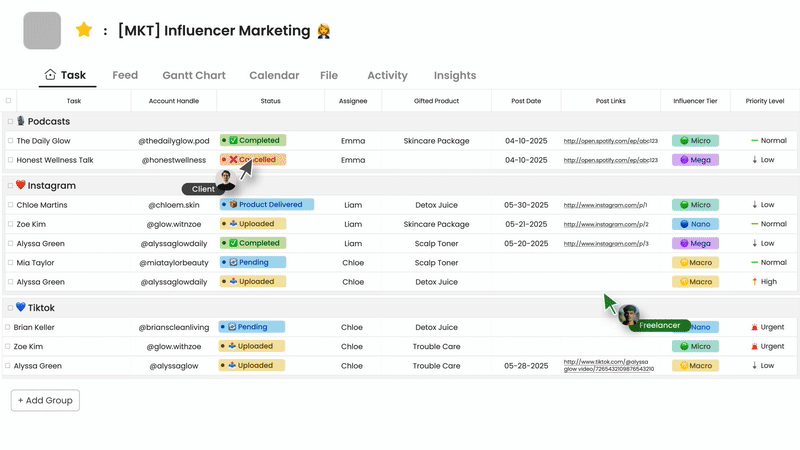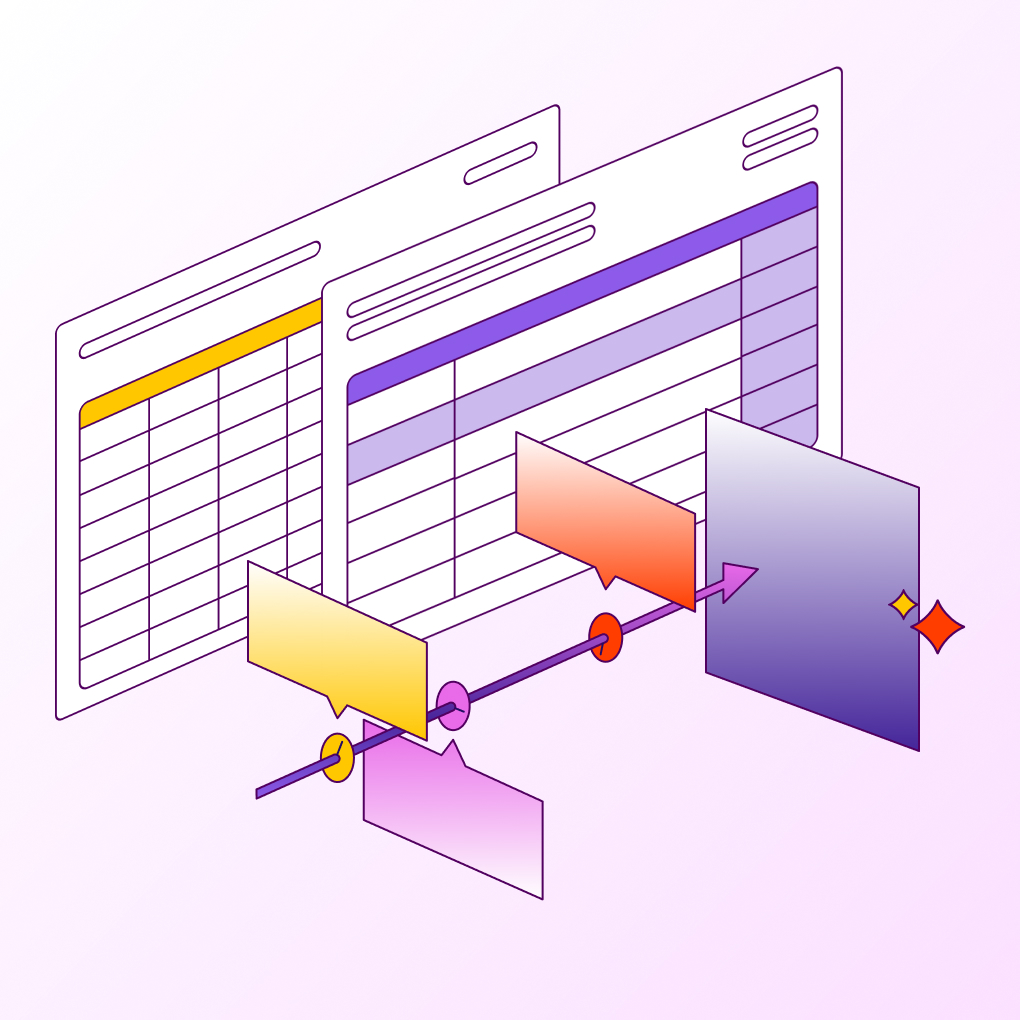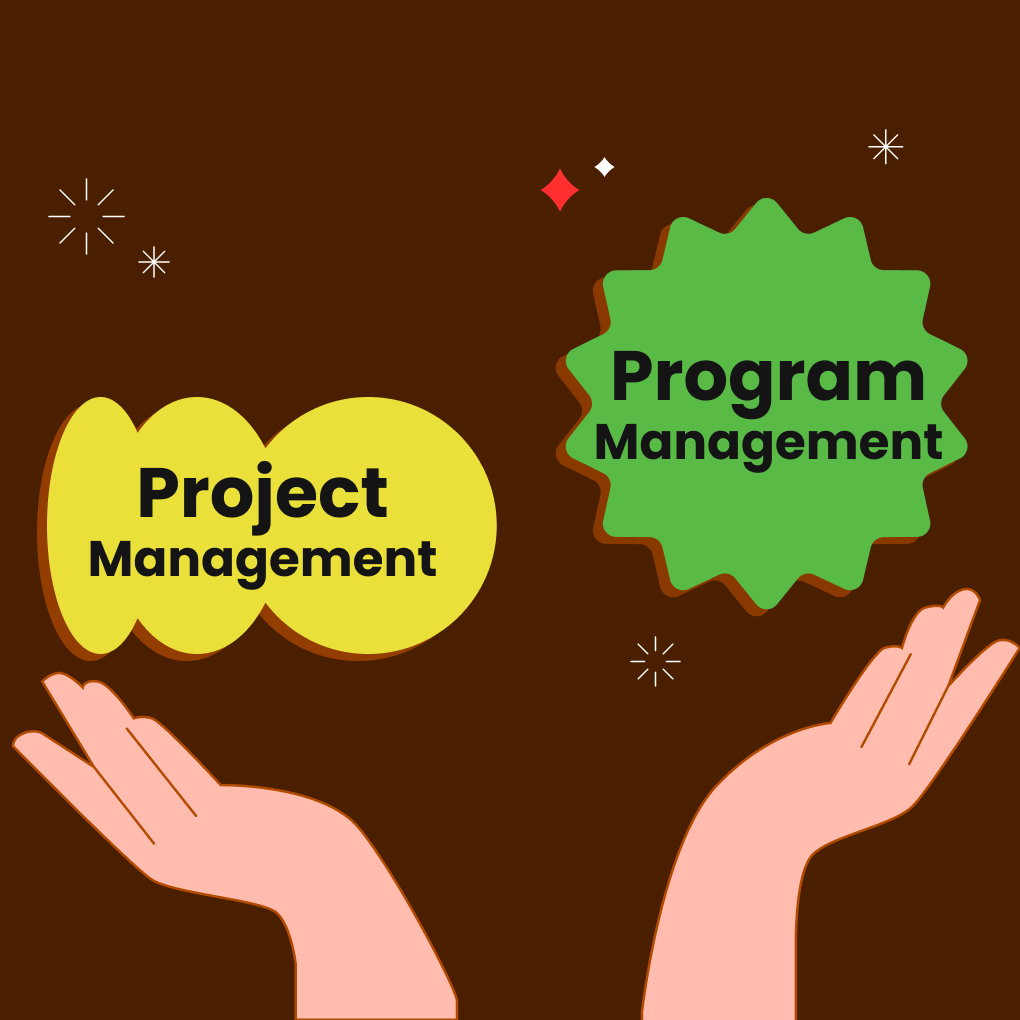A good project collaboration helps teams to stay aligned and stay productive. Many businesses have recently suffered from miscommunication, unclear roles, inefficient workflows, and more. This also has led to missed deadlines, frustrations, and more. A proper approach to teamwork creates a springboard for smooth sailing.
This section discusses the importance of project collaboration. Effective collaboration ensures smooth processes and better results. When businesses focus on collaboration, they complete projects faster and produce better work. The key is creating processes that keep everyone on the same page.
What Is Collaborative Project Management?
Collaborative project management involves team members sharing ideas, tasks, and feedback to reach a common goal. Unlike traditional methods that separate work, this approach keeps everyone informed through real-time communication and a shared platform. Key aspects include transparency, where all team members can see progress and updates, and shared responsibility, where tasks are assigned but collaboration provides support. Additionally, adaptability allows teams to adjust plans together as necessary.
Why Project Collaboration Matters
Effective project collaboration changes how teams work. When done correctly, all that work gets done together faster and with better results. Collaborative project management encourages team members to work together effectively and communicate openly. This way of approaching tasks creates strong teams, faster solutions, and fewer errors.
Improved Team Synergy
Good collaboration in group project efforts helps develop strong team synergy. When people have faith in one another and talk freely, they work with their strengths. This means fewer conflicts and smoother workflows. When a team member’s ideas are valued, they become more engaged and, as a result, motivated to perform better. When everyone works together, we waste less time and energy because we know what to do.
Faster Decision-Making
In a traditional setup, approvals traverse departments too slowly, delaying decisions. Collaborative project management helps teams discuss ideas in real-time and make decisions faster. When all essential members are involved early on in the process, fewer revisions are required later on. This makes the project progress without holding up for unnecessary reasons. Being efficient is essential; industries work fast, but delays cost more.
Better Problem-Solving
Complex projects often encounter unexpected challenges. A collaborative group project approach helps teams solve problems more effectively. Different perspectives lead to creative solutions that one person might miss. Instead of waiting for a manager to step in, team members work together to find fixes. This flexibility keeps projects on track even when issues arise. Project collaboration turns obstacles into opportunities for innovation.
Collaborative vs. Traditional Project Management
Project management styles have evolved significantly. Whereas formal methodologies stick to strict hierarchies and linear workflows, collaborative project management encourages teamwork and flexibility. Knowing these differences can allow the team to choose whichever they need.
Core Differences
Traditional project management relies on top-down control, with tasks assigned by managers and progress tracked through formal reports. Communication flows through set channels, often causing delays. In contrast, collaborative project management encourages open dialogue and shared ownership. Team members contribute ideas freely, and decisions happen faster through real-time discussions. Tools like shared dashboards and instant messaging support this dynamic style, making project collaboration more transparent and adaptive.
When to Use Each Approach
Traditional methods work best for predictable projects with fixed requirements, like construction or manufacturing. These benefit from strict timelines and transparent chains of command. However, collaboration group project styles excel in creative or fast-changing environments like software development or marketing campaigns. When innovation and quick adjustments matter, collaborative project management keeps teams agile. Hybrid approaches can also work, blending structure with teamwork for complex initiatives.
Key Challenges in Collaborative Project Management
While collaborative project management has many benefits, it can also create roadblocks to success. When organizations understand these challenges, they can develop better strategies and tools to help with project collaboration. Common issues range from technology overload to communication gaps, especially in modern work environments.
Too Many Tools, Not Enough Strategy
One major problem in collaborative project management is tool overload. Teams often use multiple platforms for messaging, task tracking, and file sharing without clear guidelines. This creates confusion as members switch between apps, wasting time and losing focus. The solution isn’t more tools but better integration.
Teams should standardize key platforms and train everyone to use them effectively. Without this strategy, even the best collaboration group project efforts can fail due to technical chaos.
Misaligned Goals and Expectations
Another challenge occurs when team members have different understandings of priorities. In collaborative project management, everyone needs to share the same vision. If some focus on speed while others prioritize perfection, conflicts arise. Clear communication of objectives from the start prevents this.
Regular check-ins help keep expectations aligned. Leaders must ensure all voices are heard while maintaining direction. Without this balance, project collaboration becomes disjointed rather than productive.
Remote and Hybrid Team Dynamics
Modern workplaces often include remote or hybrid teams, adding complexity to collaborative project management. Time zone differences can delay responses, while lack of face-to-face interaction reduces personal connections. Building trust requires extra effort through video calls and virtual team-building activities.
Managers must also ensure remote members have equal access to information and decision-making. When handled poorly, distance creates silos that weaken project collaboration. When managed well, it allows diverse talent to contribute effectively from anywhere.
Top Collaboration Tools for Project Management
Effective project collaboration requires the right digital tools. These platforms help teams communicate, organize tasks, and track progress in one place. With so many options available, choosing the best fit can make a big difference in productivity and teamwork. The right tool simplifies collaborative project management by keeping everyone aligned and reducing confusion.
Why Use a Tool?
Manual coordination slows teams down. Emails get lost, files end up in different places, and updates get missed. A dedicated collaboration project management tool solves these problems. It creates a central hub for tasks, conversations, and documents. This saves time and prevents mistakes. Teams stay focused on work instead of searching for information. Good tools also provide visibility, so everyone knows what needs to be done and who’s responsible.
Morningmate: Best for All-in-One Collaboration

Morningmate stands out as a complete solution for the needs of collaboration group projects. It combines task management, team chat, file sharing, and scheduling in one platform. The interface is simple but powerful, making it easy for teams to adopt. Real-time updates keep everyone on the same page without switching between apps.
Features like shared calendars and progress tracking help managers oversee workflows. For teams wanting everything in one place, Morningmate reduces tool overload while improving project collaboration.
Other Great Tools: Asana, Trello, Microsoft Teams
Asana works well for detailed task management with customizable workflows. Teams can break projects into steps, assign owners, and set deadlines. Trello uses a visual board system that is ideal for simpler projects or creative workflows. Its drag-and-drop cards make organizing work intuitive.
Microsoft Teams integrates chat, meetings, and file storage, which is especially useful for companies already using Office 365. Each tool has strengths depending on team size and project complexity.
How to Choose the Right Tool
Selecting a collaborative project management tool starts with understanding team needs. Consider project complexity first. Large teams with many tasks may need robust features like Asana. Small creative groups prefer Trello’s simplicity. Remote teams often benefit from built-in video chat like Microsoft Teams offers.
The budget also matters, as some tools charge per user. Trial periods let teams test options before committing. The best tool feels easy to use while solving the team’s biggest collaboration challenges.
Best Practices for Collaborative Project Management
Successful project collaboration doesn’t happen by accident. It requires intentional strategies that bring teams together while keeping work organized. Implementing the proper practices helps teams avoid common pitfalls and work more efficiently. These methods turn good intentions into tangible results for collaborative project management.
Set Clear Goals and Responsibilities
Every collaborative project management effort needs direction from the start. Teams need to define success. Every person must know what their job is and what they own. Nothing slips through the net when it’s clear who is responsible for which task.
Things happen more smoothly when everyone understands what to do and why it matters. Regular check-ins make sure these goals are visible as projects develop.
Encourage Open Communication
Strong collaboration in group project work depends on honest, frequent communication. Teams should create safe spaces where members share ideas and concerns without hesitation. This means more than just scheduled meetings – quick check-ins and informal chats matter too.
Leaders should model transparency by sharing updates and asking for input. When communication flows freely, problems get solved faster, and creativity thrives. The best teams talk often and listen well.
Foster Team Accountability
Accountability makes project collaboration work. Members should take ownership of their tasks while supporting teammates. Progress tracking helps, whether through shared dashboards or regular updates. Peer accountability often works better than top-down pressure.
When teams celebrate wins together and address misses constructively, everyone stays motivated. Trust grows when people follow through on commitments. This creates a culture where responsibility feels natural, not forced.
Use Real-Time Collaboration Features
Modern tools offer powerful ways to enhance collaborative project management. Features like live document editing, instant messaging, and shared task boards keep work moving. Teams should fully use these capabilities instead of relying on email or separate files.
Real-time updates prevent version confusion and delays. When everyone sees changes as they happen, decisions come faster. The right features make collaboration effortless rather than another chore.
Examples of Project Collaboration in Action
Seeing project collaboration in real situations helps teams understand its value. Different organizations use collaborative project management in ways that fit their specific needs. These examples show how teams apply these principles to get work done effectively.
Small Business Team Workflow
A local marketing agency uses collaborative project management to handle client projects. Their five-person team shares a digital workspace, storing files, tracking tasks, and discussing ideas. The owner sets clear deadlines while team members update progress daily.
They hold short video calls each morning to align priorities. This approach keeps their collaboration group project efforts organized despite wearing multiple hats. The shared visibility prevents missed steps and ensures clients get consistent service.
Remote Product Launch Campaign
A tech startup preparing a product launch relies on collaborative project management across three time zones. They use a combination of async updates and weekly sync meetings. The marketing, development, and support teams share one platform for all launch materials.
Real-time document editing lets them refine messaging together. Automated status updates keep remote members informed without extra meetings. This project collaboration approach helped them launch on schedule despite the distance between team members.
How to Build a Collaborative Culture
Creating a culture of project collaboration takes more than just tools and processes. It requires intentional efforts to shape how teams work together every day. A strong collaborative project management culture makes teamwork feel natural, not forced. This leads to better results and more engaged team members.
Team Building and Trust
Trust forms the foundation of good collaborative project management. Teams work best when members know and respect each other. Simple activities like virtual coffee chats or team lunches help build personal connections. Leaders should encourage openness by sharing information freely and admitting mistakes.
When team members feel safe speaking up and taking risks, collaboration group project efforts become more effective. Trust grows when people follow through on commitments and support each other during challenges.
Feedback Loops and Iteration
Regular feedback keeps project collaboration improving over time. Teams should create systems for sharing constructive input after milestones or projects. This could be quick retrospectives or anonymous surveys. The key is making feedback normal, not something that only happens when problems arise.
Teams that learn from each experience adapt faster and work better together. Minor, continuous improvements often matter more than significant changes.
Recognition and Motivation
People collaborate better when their efforts are noticed. Simple recognition, like shout-outs in team meetings or thank-you messages, makes a difference. Leaders should highlight both individual contributions and team successes in collaborative project management.
This balance shows that teamwork matters as much as personal achievement. Celebrating wins together strengthens bonds and motivates teams for future challenges. When people feel valued, they put more energy into project collaboration.
Conclusion: The Future of Collaborative Project Work
The future of project collaboration is evolving toward all-in-one solutions like Morningmate that seamlessly connect teams. As the workplace becomes more distributed, Morningmate’s integrated approach to collaborative project management – combining task tracking, team chat, and file sharing in one intuitive platform – solves many teams’ tool overload problems.
While AI and automation will enhance efficiency, human connection remains vital. Morningmate facilitates this balance by keeping communication centralized while streamlining workflows. Adopting comprehensive platforms like Morningmate will be key to staying productive and connected for teams serious about collaborative project management.




